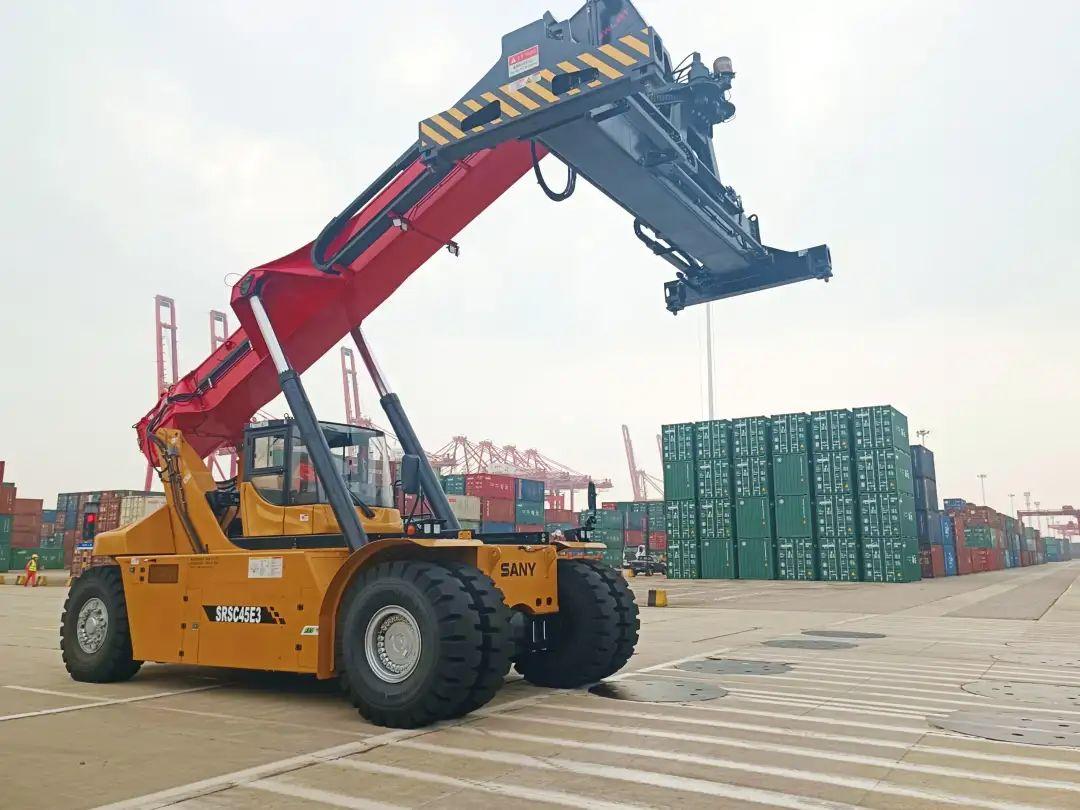
In the era of global advocacy for sustainable development, ports, as the core hubs of international trade, have attracted much attention regarding their energy consumption and environmental protection status. The efficient operation of port equipment plays a decisive role in the smooth circulation of logistics. However, the problems of high energy consumption and severe pollution of traditional equipment have become increasingly prominent. Therefore, the promotion of energy-saving equipment in ports has become a crucial measure to achieve green development.
Energy Conservation and Emission Reduction: Urgent and Imperative
Port operations are extremely busy, with various large-scale equipment operating continuously, resulting in huge energy consumption. The extensive use of fossil fuels not only significantly increases operating costs but also causes serious carbon emissions and environmental pollution, negatively impacting the surrounding ecological environment and residents' lives. Relevant data show that the energy consumption of ports accounts for a considerable proportion in the transportation sector and is increasing year by year. Implementing energy conservation and emission reduction and adopting energy-saving equipment are inevitable choices for ports to reduce operating costs, minimize pollution, and fulfill their social responsibilities.
Innovative Equipment: Leading the Transformation
-
Electric Cranes: Most traditional cranes rely on fuel, but the emergence of electric cranes brings new hope. Take a certain brand of electric crane as an example. It uses advanced variable frequency speed regulation technology, which can accurately adjust the speed and power according to different operation requirements, effectively avoiding energy waste. Compared with fuel cranes, its energy consumption can be reduced by 30% - 40%, and it achieves zero exhaust emissions during operation, greatly improving the air quality of the port. At the same time, electric cranes operate smoothly, reducing the wear and tear of mechanical components and lowering maintenance costs and the failure rate.
-
Intelligent Lighting Systems: Port areas are vast, and the demand for lighting is huge. Intelligent lighting systems, with the help of sensors and control systems, can automatically adjust the brightness according to ambient light and actual operation conditions. For example, the lights are automatically dimmed in areas with less human activity and restored to normal brightness when there is an operation need. This system uses high-efficiency LED lamps, which can reduce energy consumption by more than 70% compared with traditional lighting, significantly reducing the electricity consumption of port night lighting.
-
Energy Recovery Devices: Some port equipment generates a large amount of potential or kinetic energy during operation, such as the lifting and lowering of cranes and the starting and stopping of belt conveyors. Energy recovery devices can collect the energy that would otherwise be wasted, convert it into electrical energy, store it, and reuse it. Tests have shown that port equipment equipped with energy recovery devices can increase the overall energy utilization rate by 15% - 20%, realizing the circular use of energy and reducing dependence on external energy sources.
Successful Cases: Remarkable Achievements
After introducing a series of energy-saving equipment, a large port has achieved remarkable results. By replacing some fuel cranes with electric rubber-tired cranes and combining intelligent lighting systems and energy recovery devices, the port has reduced its annual energy consumption by 25% and carbon dioxide emissions by 30%. At the same time, equipment maintenance costs have decreased by 20%, while operational efficiency has increased by 15%, truly achieving a win-win situation in economic and environmental benefits.
The application of port energy-saving equipment is the core driving force for the sustainable development of ports. They can not only reduce energy consumption and pollution but also enhance the operational efficiency and competitiveness of ports. With the continuous advancement of technology, it is believed that more efficient and intelligent energy-saving equipment will emerge, helping the port industry move forward towards a green and low-carbon future. Let's look forward to ports becoming a model of coordinated environmental protection and development and contributing to the sustainable development of the earth.











